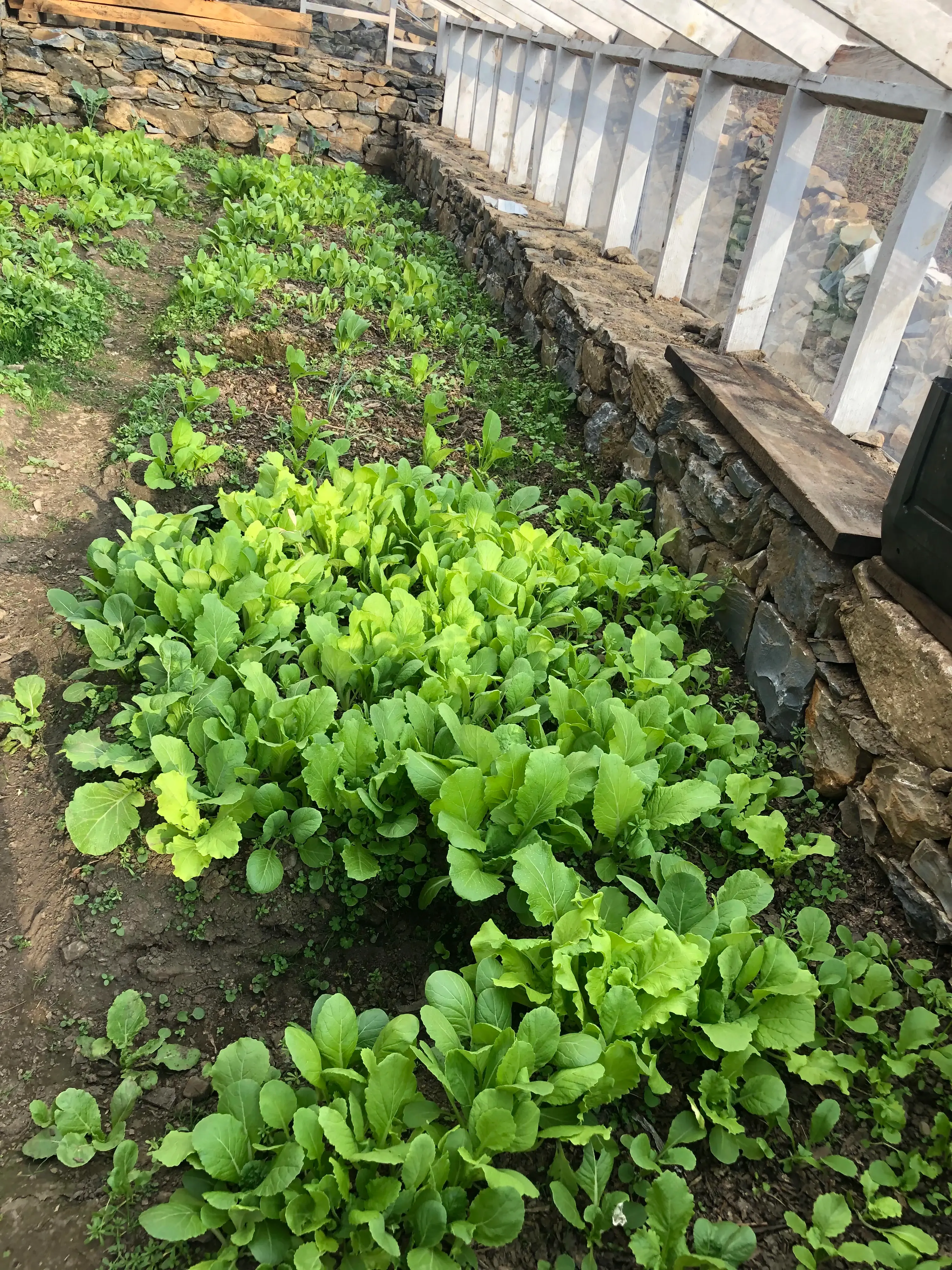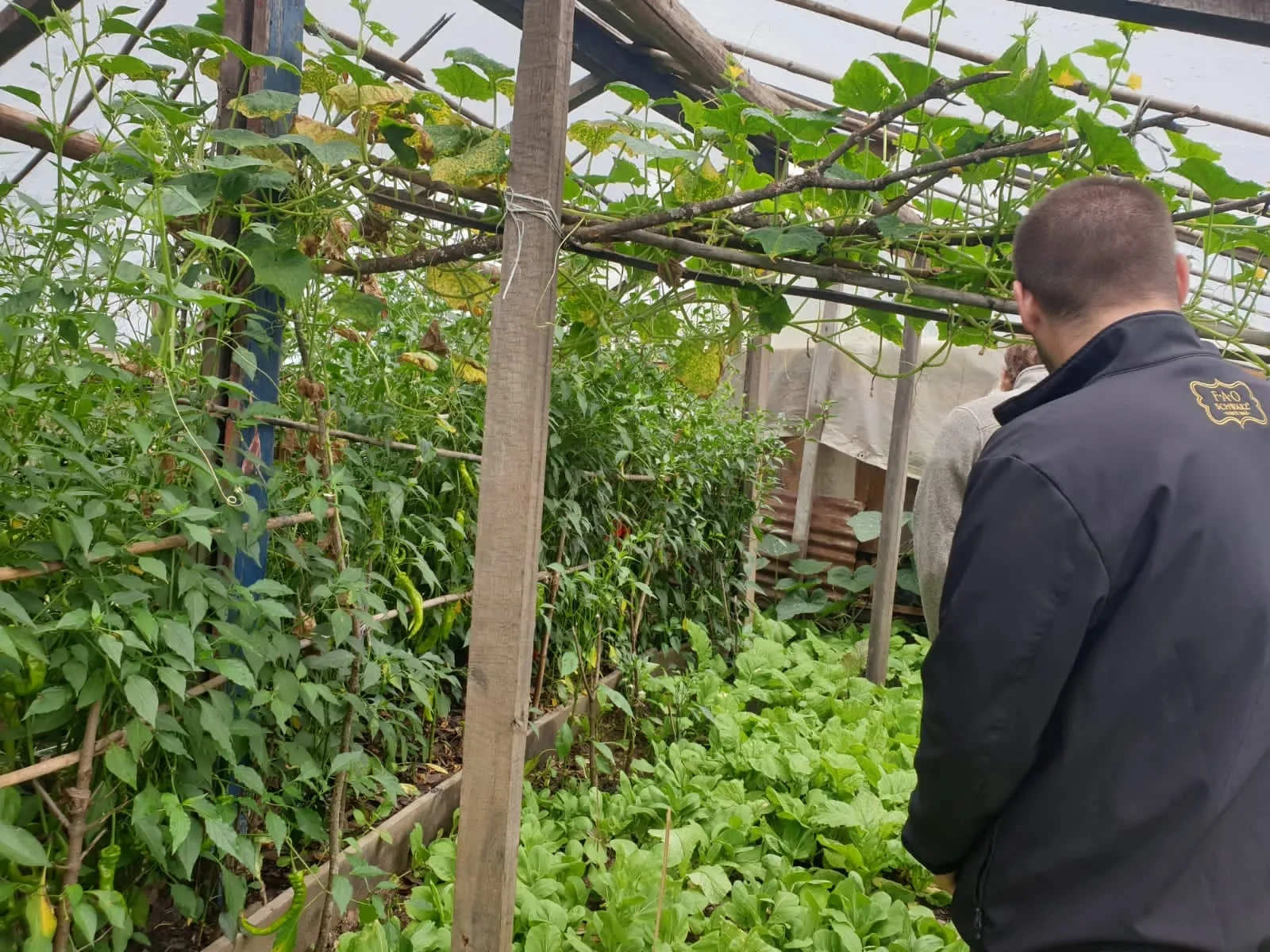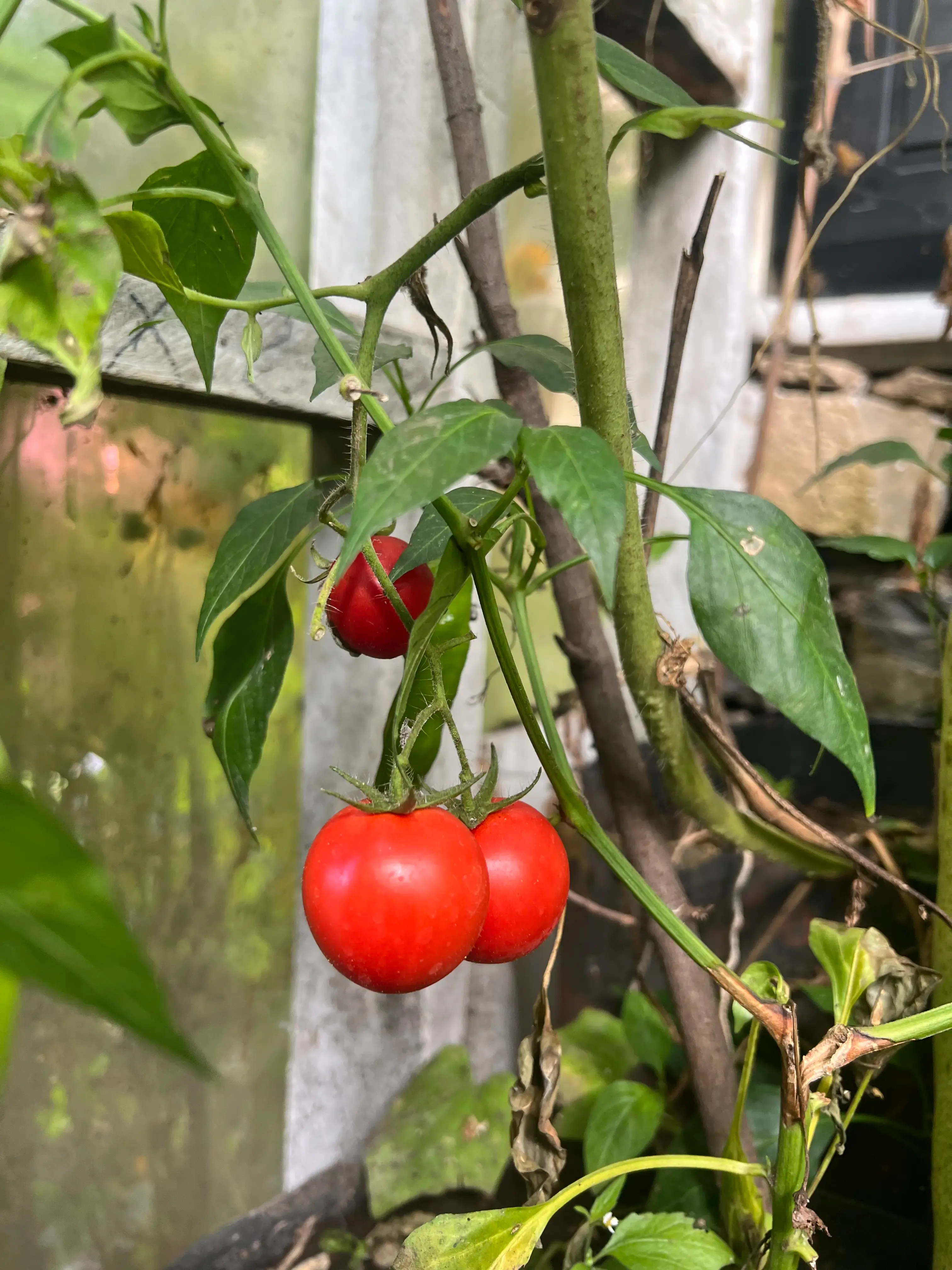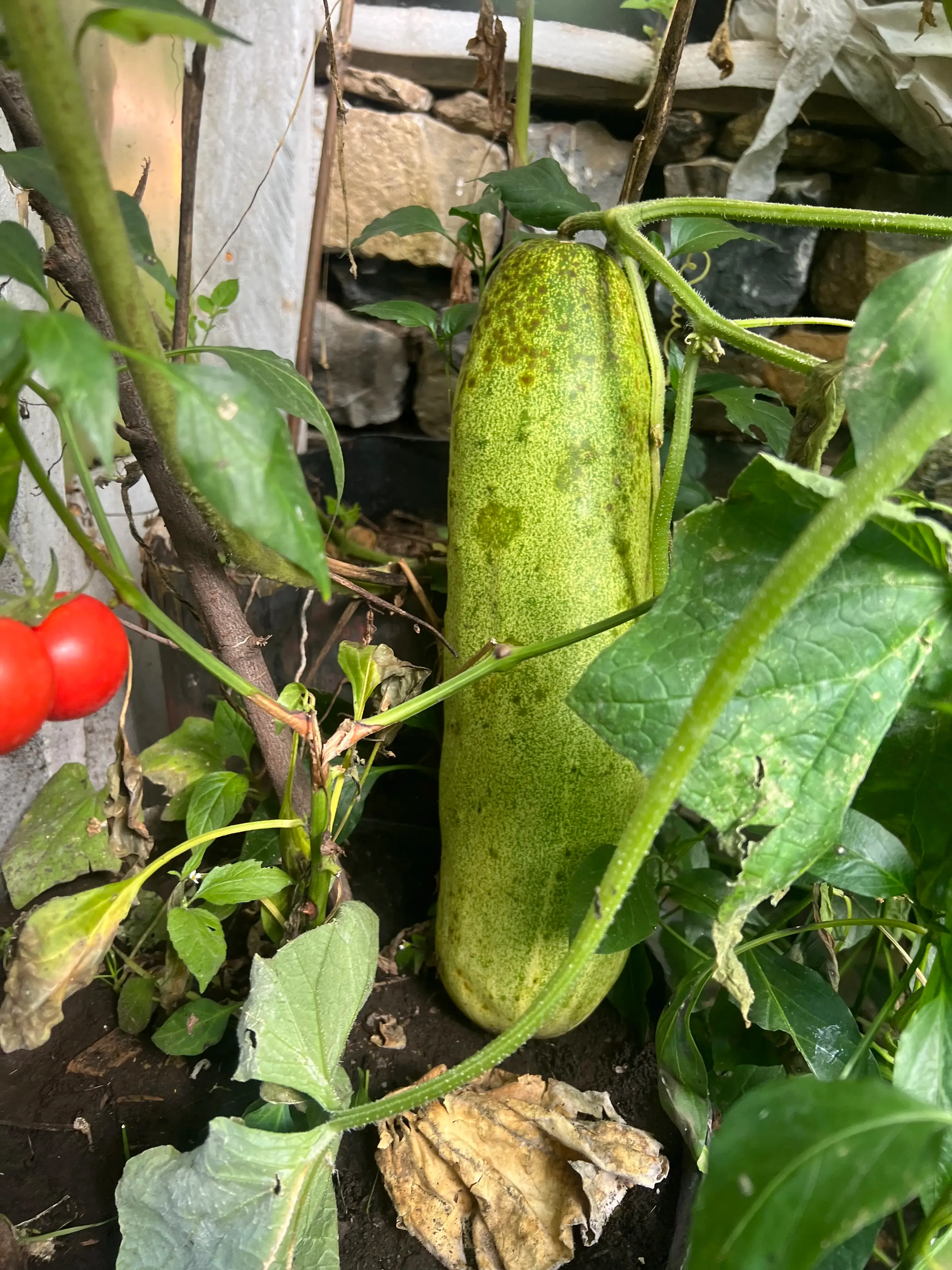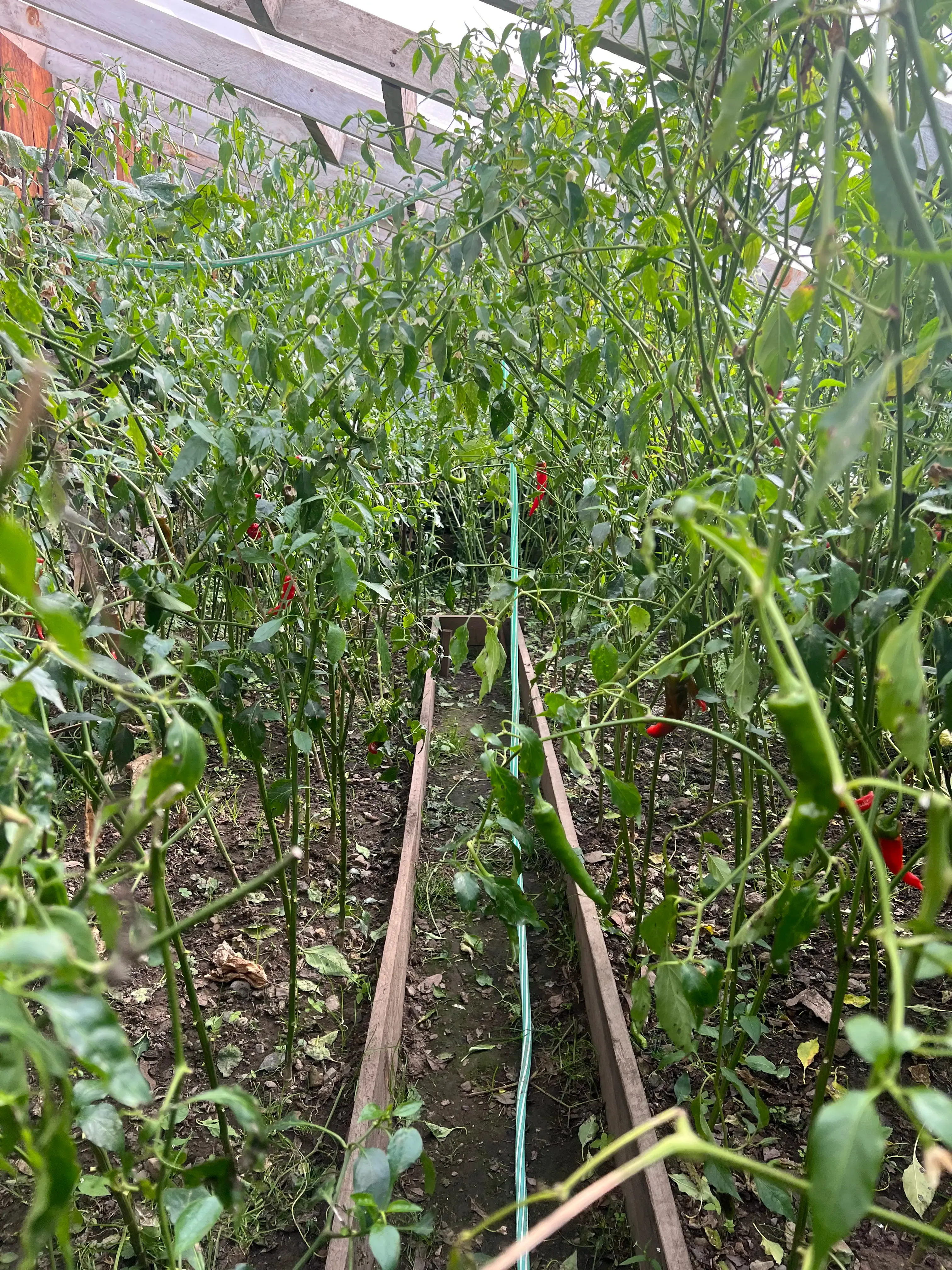Greenhouses
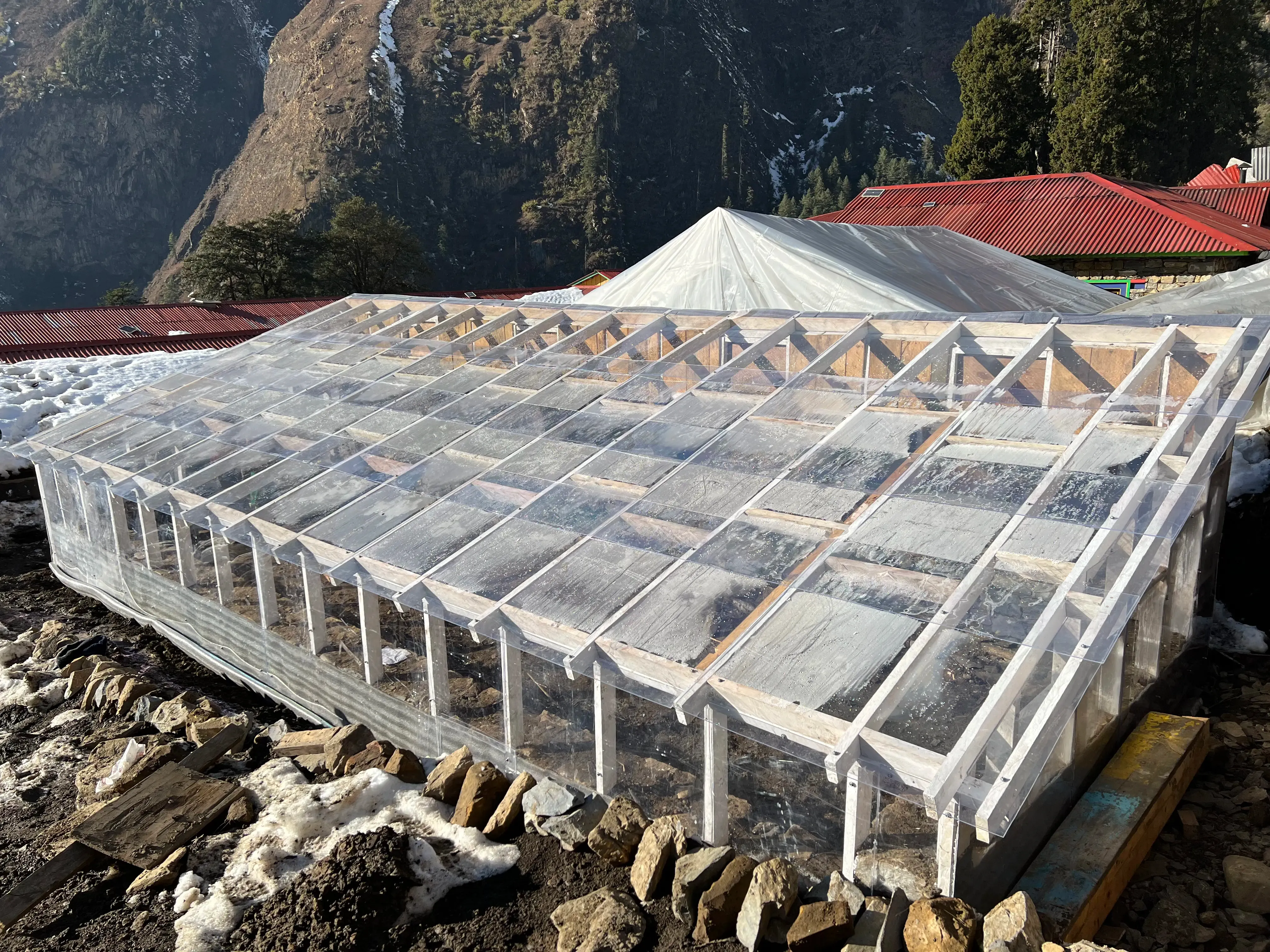
This past year, with many helping hands, Founders Dawa and Tenzing were lucky enough to design, direct, and build the Serang Monastery’s new partially sunken greenhouse. Because Serang is situated at nearly 11,000 feet, tucked in the remote Tsum-Nubri Valley of the Himalaya, it consistently faces snow accumulation, strong winds, and cold temperatures. It is for these reasons a new, large greenhouse was needed, designed specifically to work efficiently in the cold climate.
After extensive research, we settled on a greenhouse design that is passive solar and partially sunken, with basic but durable and modern features that will ensure an ideal growing environment. The partially sunken model is used in extremely cold climates but with sufficient sunlight. By doing so, the greenhouse can maximize sunlight during the day, and the ground can serve as extra insulation to maximize heat retention.
After working alongside experts in greenhouse construction in Nepal, architects from the US, and (most importantly) with local builders and materials, our greenhouse was designed to maximize efficiency and produce healthy food options for the Serang residents — the monks, nuns, laymen, and the children of the recently opened school.
Presently, after the fall harvests healthy food options greatly diminish. This results in an increase in demand for imported provisions — often unhealthy packaged foods from China. Providing a healthy, consistent food supply to Serang has become an urgent priority.
In the Trans Himalaya, the sunken greenhouse design has become an increasingly popular option for harsh climate areas like Serang.
Given its efficacy, this greenhouse design will provide a template for others throughout the Nubri valley to emulate and help develop a tradition of consistently producing healthy, locally grown food in the winter seasons.
A special thanks to the donors for making this possible: The Cambium Initiative, Brot Coburn and Didi Thunder, The Chandra Gurung Conservation Trust, and Joellen and Scott Raderstorf.
